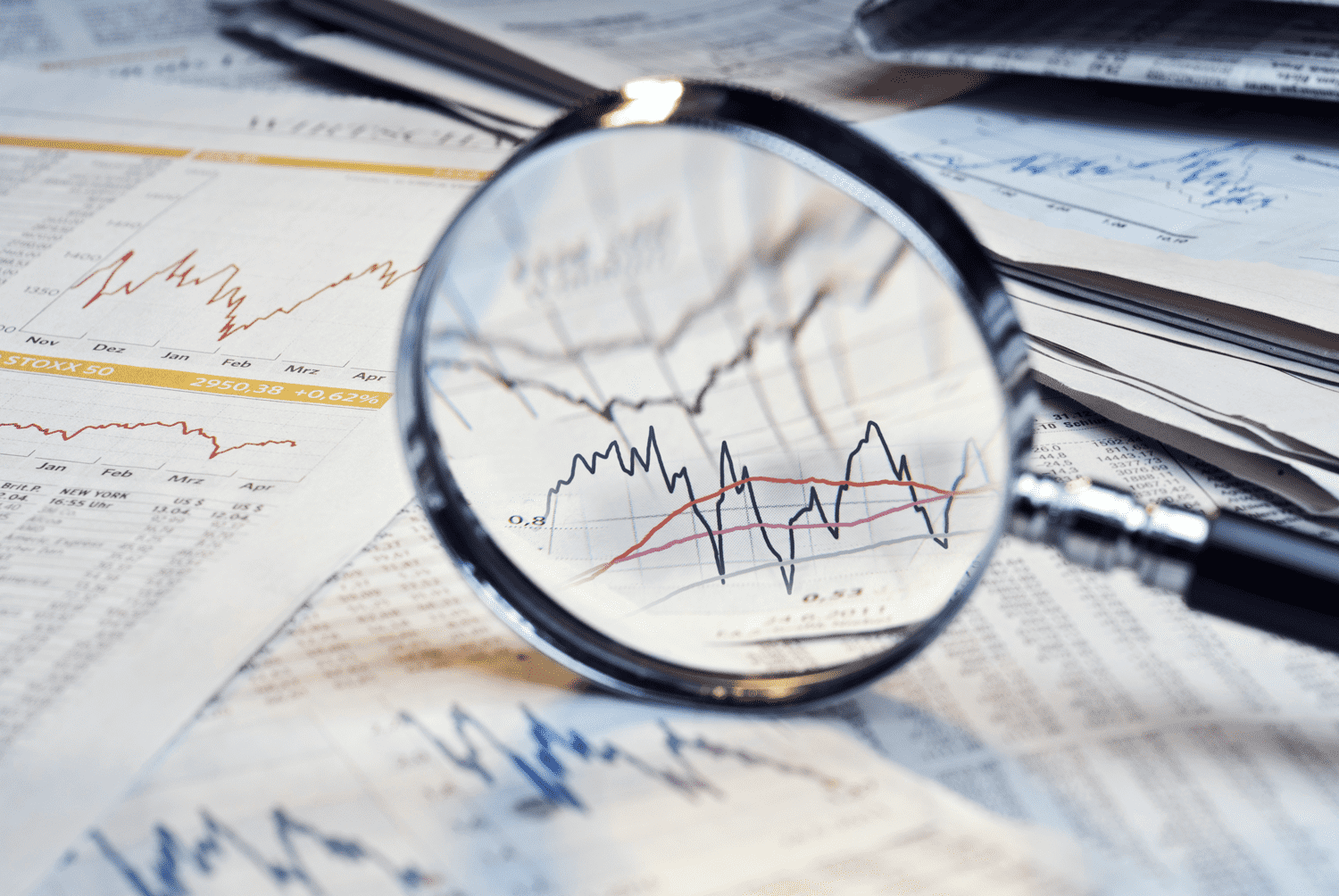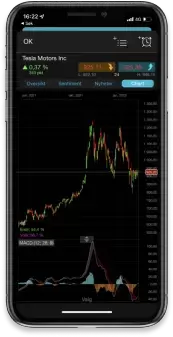As we look ahead to the rest of the year and look back at Q1, there’s been a sizeable shift in sentiment from the cautious optimism of January and February to the banking shock in March, which prompted some sharp volatility in both share and bond markets.
Against that backdrop, there is much to ponder as we look toward the rest of the year, especially around the prospects of future rate hikes, and the outlook for stock markets.
In the space of a few weeks, we’ve gone from pricing in the prospect of further rate hikes in the coming months, to the prospect of rate cuts before the end of this year, and in some cases as soon as this summer.
Whatever your thoughts on the economic outlook the prospect of rate cuts as soon as the summer comes across as wishful thinking when core inflation is still well above the central bank’s 2% target rate.
While we’ve seen some sectors of the economy come under pressure due to the sharp rise in inflation pressures, inflation continues to look sticky, with core prices showing little signs of coming down.
Before the recent sell-off, there was little sign that markets were overly concerned about the risks of central banks aggressively hiking interest rates.
While the subsequent collapse of Silicon Valley Bank in the US, has prompted some contagion that has spread to the rest of the US regional banking sector, there is thus far little evidence that it is systemic, which is reassuring. That doesn’t mean we won’t see further stresses emerge in the coming weeks and months given the sharp rise in rates we’ve seen in the past 12 months.
The uncertainty in the US was quickly followed by the collapse in confidence in Credit Suisse which prompted Swiss authorities to step in with a bailout package from UBS, as concerns about the viability of the business got bigger after one of the bank’s largest shareholders, decided not to inject fresh capital into it.
The resulting fallout saw a temporary pullback in some sectors of the European and US equity market, however, while recession risks have risen there is little evidence thus far of a notable rise in unemployment, which would signal the prospect of a sustained economic slowdown.
So far equity markets have managed to get off to a solid start to Q2 with some steady gains for markets in Europe, even though certain parts of the US stock market might start to struggle.
Earlier this month the IMF chimed in with its own forecasts for the global economy, painting the bleakest outlook for global growth in over 30 years.
The fund went on to warn of significant risks to the global banking system as higher rates squeeze credit conditions. Coming on top of multiple shocks to the global economy in the form of the aftermath of the Covid pandemic and Russia’s invasion of Ukraine the outlook for a return to normal is replete with risks.
Throw in the risk of further geopolitical turmoil between the US and China and its hard to see an imminent return to any semblance of normality, although after 15 years of dealing with the aftermath of the 2008 financial crisis it’s hard to determine what normal actually looks like.
One could argue that 15 years of ultra-low and in some cases negative interest rates isn’t normal and we are merely returning to where rates were pre-2008. On a historical basis, rates at current levels aren’t particularly high, however the risk comes from how much higher debt levels are, and the risks entailed in rolling over that debt.
This is why central banks now need to be careful how they proceed from here on in, and could determine how the rest of the year pans out, however given all of the talk of a transition to a greener global economy its hard to see how inflation can return to the levels we saw throughout most of the previous decade.
The zealous pursuit of net-zero and the transition to renewables will mean demand for commodities will only head in one direction as countries around the world vie for security of supply for the likes of copper, cobalt, lithium and other metals used in the construction of batteries, solar panels and wind turbines.
Given the misguided determination to discourage the pursuit of more transitional capacity, the price of oil and gas is likely to remain high That is likely to mean keeping a lid on prices will become more difficult in the face of a continued increase in global demand, which means the prospect of inflation coming down quickly becomes much more daunting.
A changing climate also presents challenges for global food supply, and with food price inflation already in some cases at well over 15% its quite likely that inflation is likely to remain sticky for quite some time.
This is likely to mean interest rates will have to remain at or close to current levels in the short term at the very least and while we might start to see gradual reductions in 2024 its unlikely, we’ll see a return to pre-Covid levels.
That is likely to entail a painful wake up call for some of those in the market who think the Fed will pivot and start cutting rates later this year.
For now, we can probably expect to see one more hike of 25bps from the Federal Reserve as well as the Bank of England, while the European Central Bank may well have to pump in another 50bps.
After that rates are likely going to have stay at current levels until well into 2024.
For US markets that might present a problem for the more highly valued areas of the market, however it shouldn’t present the same sort of headwind for markets in Europe, which should remain resilien
Disclaimer: CMC Markets is an execution-only service provider. The material (whether or not it states any opinions) is for general information purposes only, and does not take into account your personal circumstances or objectives. Nothing in this material is (or should be considered to be) financial, investment or other advice on which reliance should be placed. No opinion given in the material constitutes a recommendation by CMC Markets or the author that any particular investment, security, transaction or investment strategy is suitable for any specific person. The material has not been prepared in accordance with legal requirements designed to promote the independence of investment research. Although we are not specifically prevented from dealing before providing this material, we do not seek to take advantage of the material prior to its dissemination.




